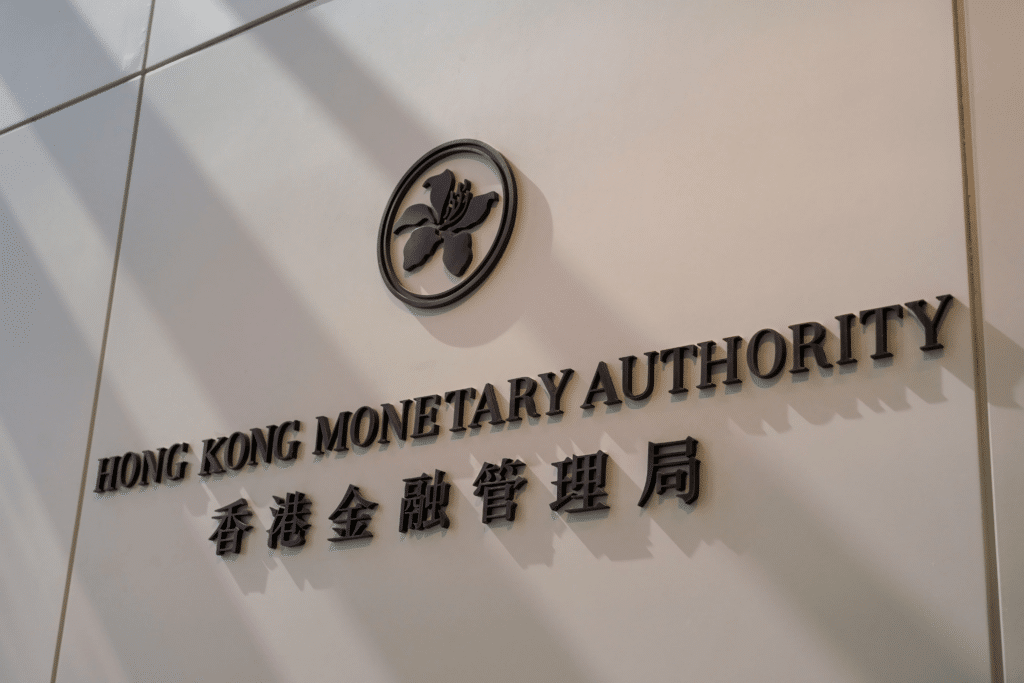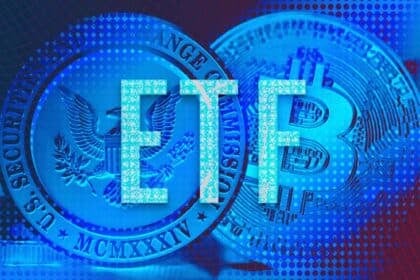Hong Kong stablecoin regulations have become more stringent after regulatory authorities created a thorough framework for stablecoins backed by cash. The Financial Services and Treasury Bureau (FSTB) and the Hong Kong Monetary Authority (HKMA) have jointly released the findings of their public consultation about a proposed licensing framework for stablecoin issuers.
The New Stablecoin Regulation Framework in Hong Kong
New fiat-pegged stablecoin laws released by Hong Kong stablecoin regulations financial authorities represent a major advancement in the region’s attempts to regulate the cryptocurrency market. After a two-month public consultation that concluded in February, the Financial Services and Treasury Bureau (FSTB) and the Hong Kong Monetary Authority (HKMA) jointly issued the consultation results on a licensing framework for stablecoin issuers.

“We aim to contribute to the development of Hong Kong’s thriving Web3 ecosystem by issuing a stable, trusted, and credible Hong Kong dollar stablecoin for multiple business use cases in Hong Kong and beyond,” RD Technologies CEO Rita Liu said in a statement. “We believe that the adoption of such a stablecoin would help drive exponential growth in Hong Kong.” Chan previously announced his intent to launch a stablecoin last November.
One of the main features of the new Hong Kong stablecoin regulations framework is that all issuers of fiat-referenced stablecoins (FRS) will need to apply for and get a license from the HKMA. To ascertain if an organization is aggressively promoting FRS to the people of Hong Kong, the authority will take into account a number of variables, including as the target audience, domain names, and the language used in the marketing. Stablecoin issuers also need to always have Hong Kong stablecoin regulations complete support from reserve assets in order to avert any runs and preserve ecosystem trust.
During the consultation period, 108 submissions were received by the Hong Kong stablecoin regulations from professional institutions and members of the industry. Most respondents said that stablecoin issuers that reference fiat currencies must be subject to regulations. The authorities stressed that a run on FRS and a decline in ecosystem trust might result from inadequate reserve assets, in response to worries about maintaining full backing at all times. The Hong Kong stablecoin regulations are accepting proposals for a stablecoin issuer sandbox initiative as part of the regulatory framework; participants will be revealed soon. This program, which was unveiled in March, intends to provide a regulated atmosphere for innovation and open the door for future pertinent legislation.
“The sandbox arrangement … will facilitate the formulation of fit-for-purpose and risk-based regulatory requirements, which is key to promoting the sustainable and responsible development of the stablecoin issuance business,” HKMA Chief Executive Eddie Yue said in a statement. As soon as feasible, Hong Kong officials want to complete the legislative proposal and present a bill to the Legislative Council. This action is in line with Hong Kong’s overarching plan to establish itself as a centre for blockchain and cryptocurrency innovation while maintaining sufficient consumer protection and stable financial conditions.
Effect of Hong Kong Stablecoin Regulations Market on the World Context
The new legislation anticipates more stablecoin issuers coming to Hong Kong. Industry insiders, such as First Digital CEO Vincent Chok, have observed a large market need and interest in the licensing procedure. The favourable developments in the larger bitcoin sector align with this regulatory change in Hong Kong.
Spot Bitcoin ETFs in Australia and Hong Kong have received substantial inflows; in Hong Kong, for example, Bitcoin ETF reserves increased by 28.6% between June 21 and July 13, totalling 4,941 BTC. The worldwide market is undergoing significant changes, which include a significant selloff by the German government and a rebound in the BTC ETF market, which has allegedly amassed an incredible 1.05 million BTC. These events are taking place against this backdrop.
Hong Kong’s proactive approach to regulation may serve as a model for other nations looking to strike a balance between monitoring and innovation in the digital asset market, therefore affecting the state of Bitcoin globally. The BIT Journal watches closely for Hong Kong stablecoin regulations advancements and possible implications for the entire crypto market.





























